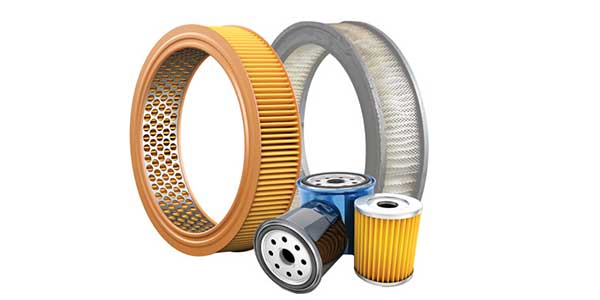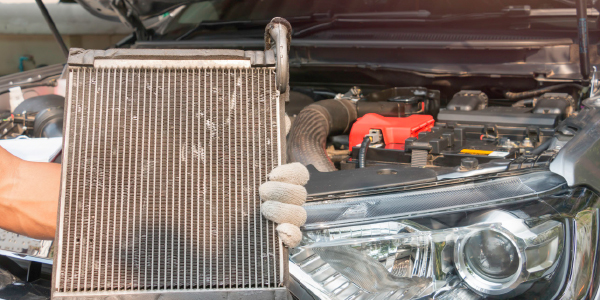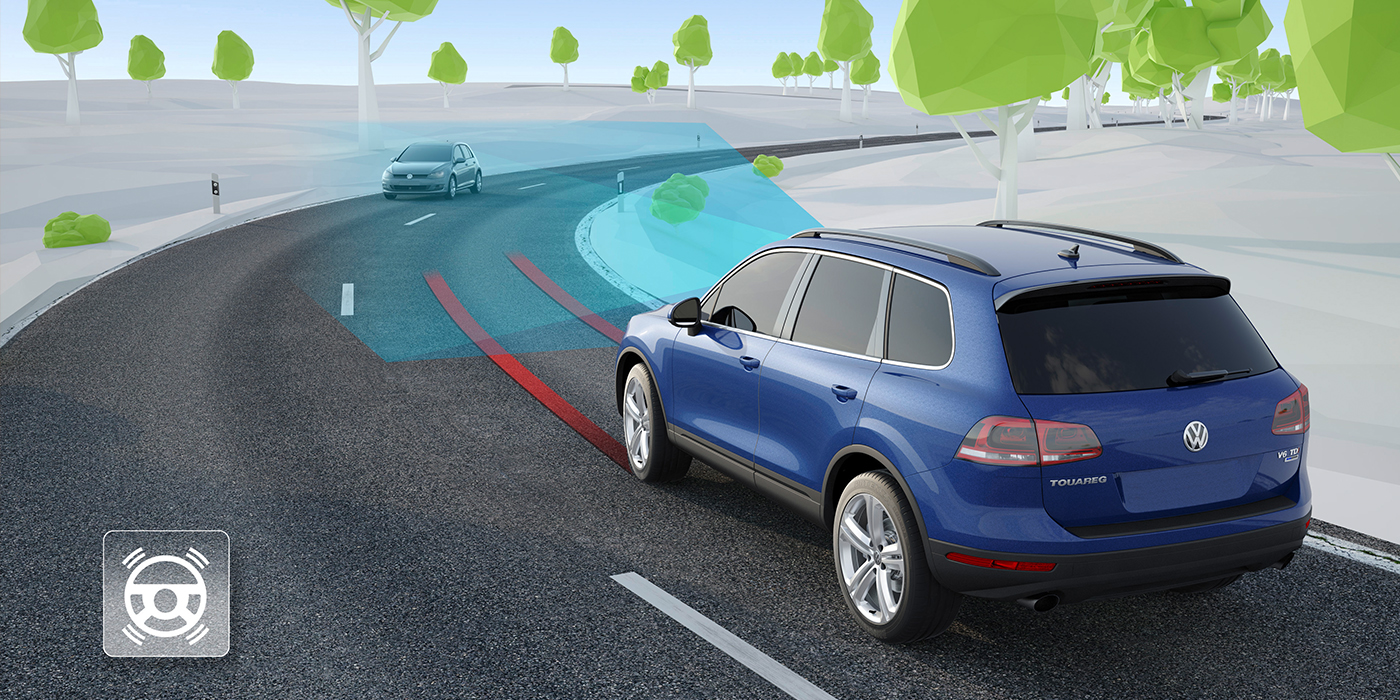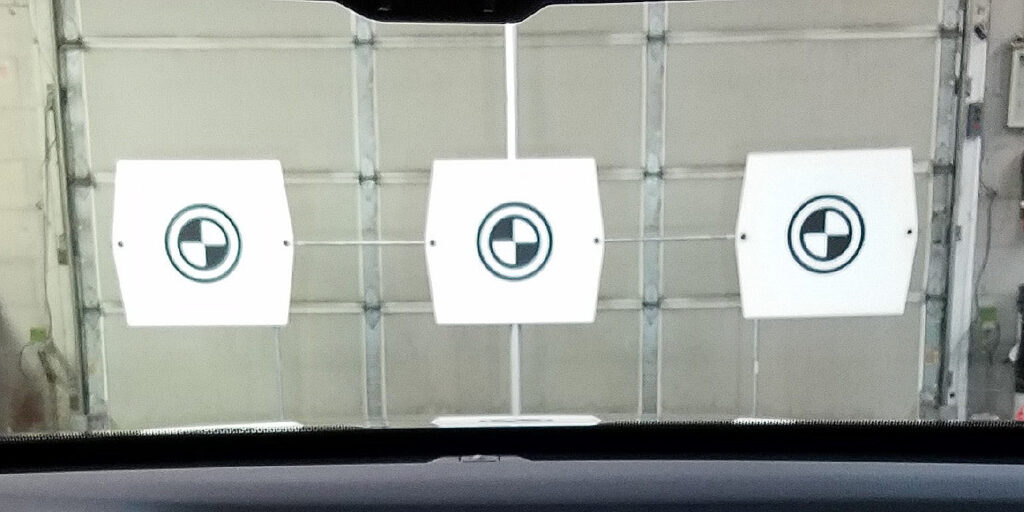
Air filters and oil filters are the engine’s only defense against outside contaminants. What’s more, oil filters provide internal protection as well, trapping wear contaminants that are generated by the engine itself as well as tiny particles that might get past the air filter.
One of the problems with today’s extended service intervals is that many motorists tend to neglect their filters. Quick Lube oil change centers and other types of professional repair facilities will always check the air filter when doing an oil change, but many DIYers won’t. In fact, some DIYers may not even replace the oil filter every time they change their oil. They may only replace it every other oil change to save money. That’s asking for trouble with oil-change intervals of 5,000, 7,500, 10,000 miles or even longer on most late-model vehicles. Replacing the oil filter every other oil change may have been an acceptable method of reducing maintenance costs back in the day of the 3,000-mile oil changes, but not today.
The extended oil-drain intervals on late-model vehicles require two things: a high-quality synthetic or semi-synthetic motor oil that can go the distance, and a high-quality, high-capacity oil filter that also can go the distance without clogging. Skimp on either one and it could end up costing big bucks to replace a blown engine.
As with oil-drain intervals, air filter replacement intervals also have been extended to reduce maintenance costs. OEM-recommended service intervals for some air filters may be as high as 50,000 to 60,000 miles or more, while others recommend inspection and replacement every 25,000 to 30,000 miles.
The OEM-recommended service intervals are only a guide, since air filter life depends on operating conditions. Driving in a relatively clean suburban setting will subject the air filter to less dirt and dust than driving on dusty rural gravel roads.

It’s important to trap the dust and dirt before it gets into the engine, because road dust typically contains a lot of hard, abrasive silicon particles. These are murder on the piston rings, cylinders and crankshaft bearings if they get past the filter.
A high-quality premium air filter will usually stop 99 to as much as 99.9 percent of particles between 5.5 and 176 microns in size. Cheaper economy filters are less efficient and will not trap as many of the fine particles as a premium filter (which is a good reason to upgrade to a premium filter). Ditto for oil filters. Premium oil filters trap smaller particles and more particles than economy filters.
What about “performance” air filters that offer less restriction for better breathing and power? Less restriction means less filtration, so there’s a price to be paid. A performance filter still will do an adequate job of protecting the engine, but not as good a job as a premium filter. Many performance filters use a lightly oiled cotton-fiber filter element rather than a pleated paper or synthetic media. The open weave of the cotton fibers allows air to pass through the filter with less pressure drop. Oil on the fibers helps attract, catch and retain dirt. But there have been some problems with the oil and/or fibers in these filters shedding into the air stream and contaminating mass airflow (MAF) sensors.
Another air filter that often is neglected is the cabin air filter. These have been used for many years, but many consumers still are unaware of their existence, where the filter is located or how to replace it. Any customer who is buying an oil filter or engine air filter should be asked when they last replaced their cabin air filter. If they don’t know, can’t remember or have never replaced it, don’t miss the opportunity to sell them a new filter. Dust filters should be replaced every two to three years (or more often as needed when driving in dusty conditions), and odor-absorbing filters should be changed yearly.
Article courtesy Counterman.













